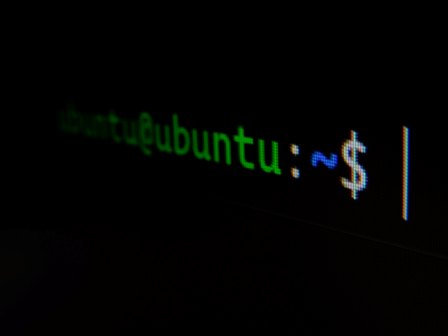
Linux, an open-source operating system kernel, has become a cornerstone of the digital world, powering servers, embedded systems, and even personal computers. While Linux has garnered immense popularity and a robust community of users and developers, it is not immune to challenges. In this article, we’ll explore some of the main problems faced by Linux and how the community and industry are actively addressing them.
Fragmentation
One of the primary challenges for Linux is fragmentation, which occurs due to the diverse range of distributions (distros) available. Each distro may have its own package management system, desktop environment, and configurations, leading to compatibility issues. This fragmentation makes it challenging for software developers to create applications that seamlessly run across all distributions.
Efforts to address this issue include standardization initiatives such as the Linux Standard Base (LSB) and the Portable Linux Apps project. These aim to create common standards and frameworks to enhance compatibility among different Linux distributions.
User Interface Disparities

Linux offers a multitude of desktop environments like GNOME, KDE, Xfce, and others. While this diversity caters to varied user preferences, it also results in a lack of consistency across different distributions. Users migrating from one distro to another may find the transition disorienting due to differences in UI design, menu structures, and default applications.
To mitigate this, projects like the FreeDesktop initiative are working to establish interoperability standards. Desktop environments are becoming more modular, allowing users to choose components independently, promoting a more unified experience.
Hardware Compatibility
Linux has made significant strides in hardware support over the years, but challenges persist, especially with proprietary hardware drivers. Some manufacturers may not provide Linux drivers for their products, hindering optimal performance or causing compatibility issues. This is particularly relevant in the realm of graphics cards, Wi-Fi adapters, and printers.
Community efforts, such as the Nouveau project for open-source NVIDIA drivers and the Reverse Engineering effort for proprietary drivers, seek to fill these gaps. Additionally, advancements like the Linux Vendor Firmware Service (LVFS) aim to streamline firmware updates for a wide range of hardware components.
Software Availability
While Linux boasts an extensive repository of open-source software, there are instances where popular proprietary applications lack Linux support. This includes certain Adobe Creative Cloud products, some video editing software, and specific games. Though alternatives and compatibility layers like Wine exist, they may not provide a seamless experience for all applications.
Initiatives like Valve’s Proton and Steam Play aim to improve gaming on Linux by providing compatibility layers for Windows games. CrossOver and Wine continue to evolve to enhance support for running Windows applications on Linux systems.
Market Perception and User Awareness

Linux faces challenges in terms of market perception and user awareness, particularly among non-technical users. Many individuals are unfamiliar with Linux, considering it a complex system reserved for experts. As a result, there may be resistance to adopting Linux as a primary operating system.
Community-driven educational initiatives, user-friendly distributions like Ubuntu and Linux Mint, and partnerships between Linux vendors and hardware manufacturers aim to dispel myths and promote Linux as a viable and accessible alternative.
Conclusion
While Linux confronts various challenges, its vibrant community, commitment to openness, and collaborative ethos position it well to overcome these hurdles. The ongoing efforts to standardize, enhance compatibility, and raise awareness are indicative of a thriving ecosystem that continues to evolve. As Linux adapts to the changing landscape of technology, it remains a powerful and versatile force in the world of operating systems.
